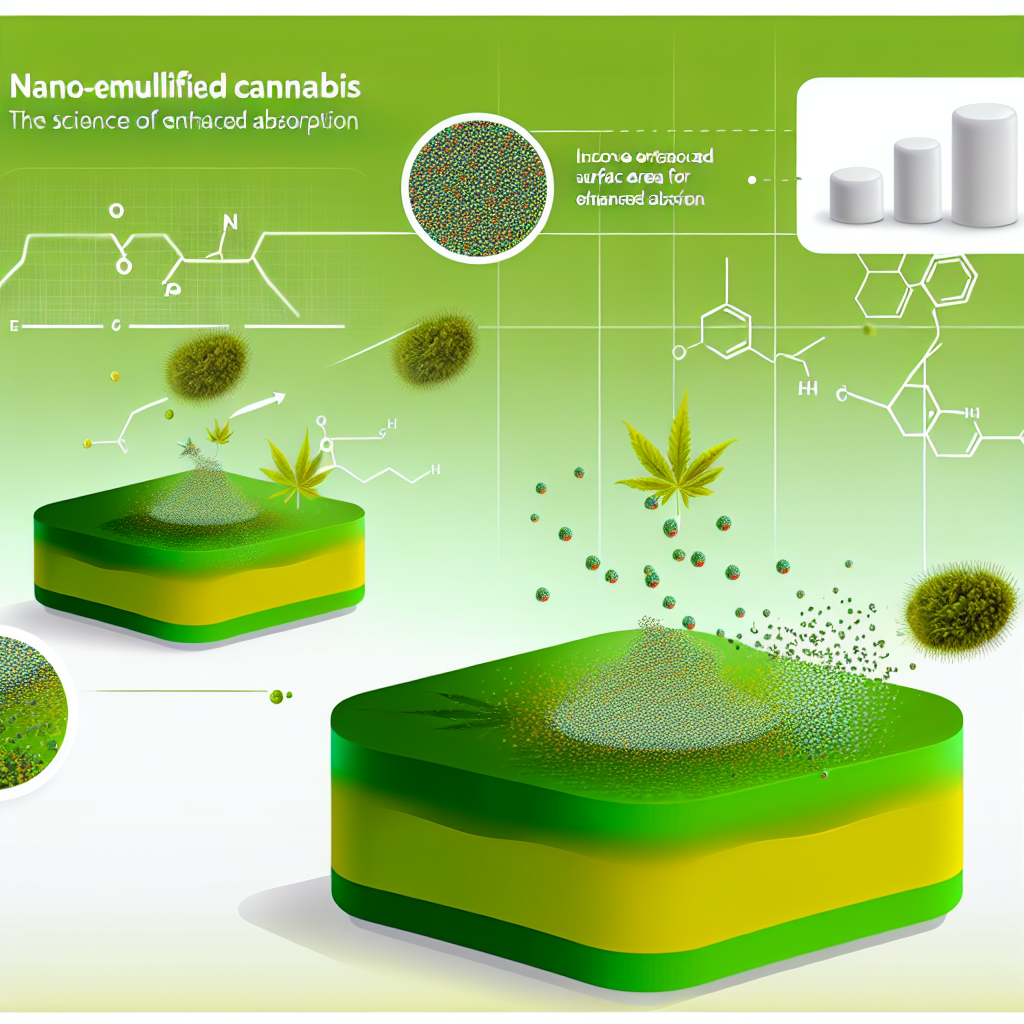Environmental and Cultivation Factors in Medical Cannabis
In the evolving landscape of medical cannabis, healthcare professionals increasingly consider not only the chemical composition of cannabis but also the environmental and cultivation factors that influence its therapeutic quality. The cultivation methods, specifically organic vs. conventional farming practices, directly impact cannabinoid profiles, terpene content, and safety. This relationship highlights the need for healthcare providers to understand the clinical relevance of sustainable cannabis production methods, ensuring better patient outcomes.
Impact of Sustainable Cultivation
Sustainable cultivation practices have garnered attention as studies reveal the positive impact of organic methods on therapeutic compound concentrations. In particular, organically grown cannabis has been shown to contain higher concentrations of cannabinoids and terpenes, essential compounds for many therapeutic applications. Furthermore, the absence of pesticides in organic cannabis presents a critical advantage for immunocompromised patients who may be vulnerable to contaminants. For healthcare providers, understanding the implications of these practices can enhance patient safety and therapeutic consistency.
Medical Research and Clinical Implications
A 2023 study published in the Journal of Cannabis Research examined the role of organic cultivation on cannabinoid and terpene profiles in cannabis. The findings indicate that organically grown plants develop more robust profiles of these compounds due to the enriched soil microbiome. This heightened concentration could offer enhanced therapeutic effects, especially relevant in the context of chronic pain management and chemotherapy-related symptoms.
Pesticide Concerns and Patient Safety
Pesticide residues in conventionally grown cannabis present significant concerns for patient safety. In a 2022 study by the Journal of Toxicology, 84% of conventionally grown cannabis samples were found to contain pesticide traces. This contamination risk is particularly problematic for patients with compromised immune systems, where additional toxic exposure could exacerbate their condition. These findings underscore the importance of recommending organic cannabis products for patient populations requiring high safety standards.
Lighting Technology and Compound Production
Lighting technology also plays a role in compound efficacy. A HortScience study demonstrated that LED lighting can enhance CBD production by up to 25%. For practitioners, recommending products from environmentally mindful growers using LED systems can provide a more consistent cannabinoid profile, ultimately benefiting patient care quality.
Research Conclusions
For healthcare professionals, the intersection of sustainable cannabis cultivation and patient safety cannot be overstated. Integrating knowledge of organic cultivation, LED lighting, and pesticide avoidance into patient recommendations may improve therapeutic outcomes. Key references include the Journal of Cannabis Research for organic cultivation insights, the Journal of Toxicology on pesticide risks, and HortScience for studies on lighting and cannabinoid profiles.




